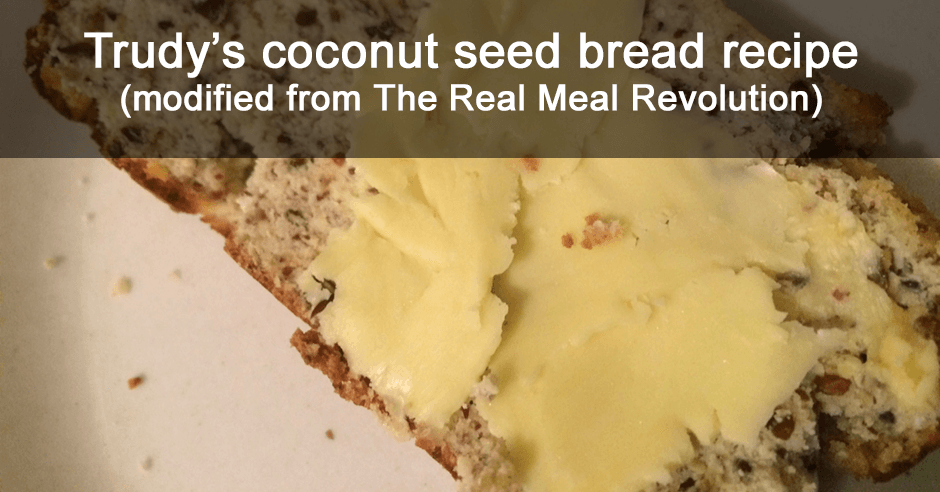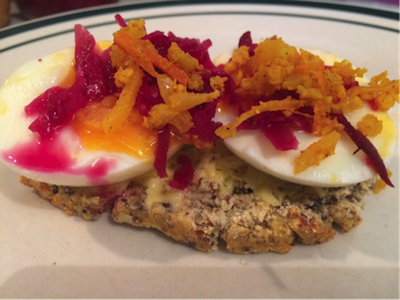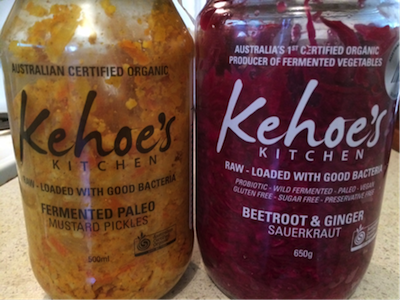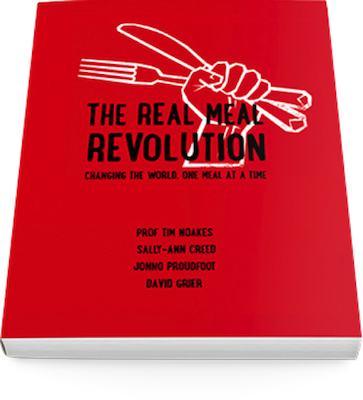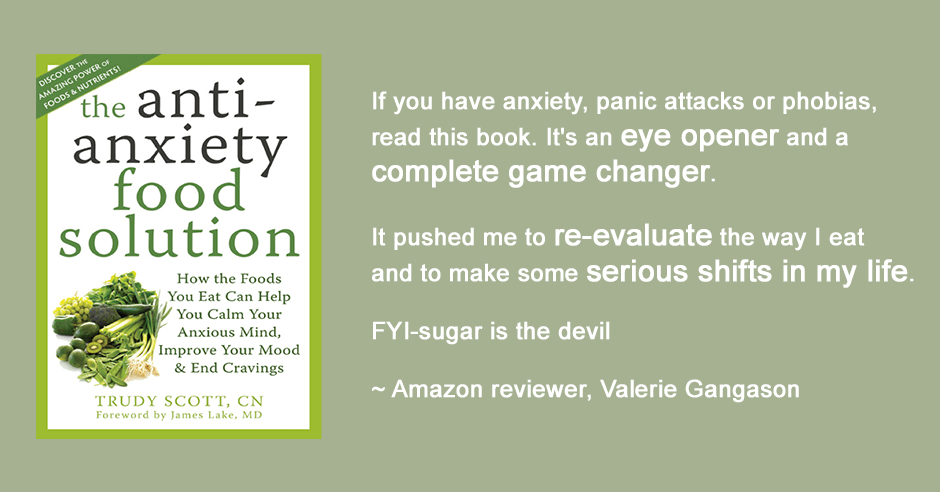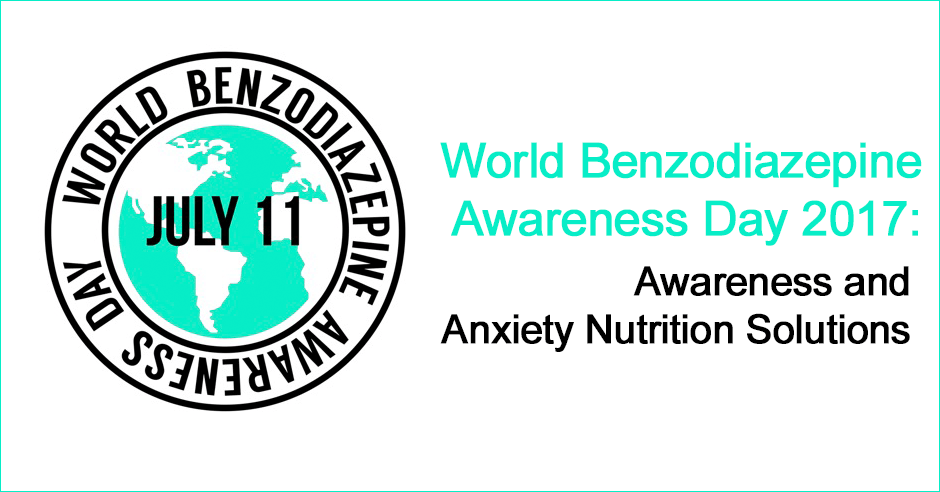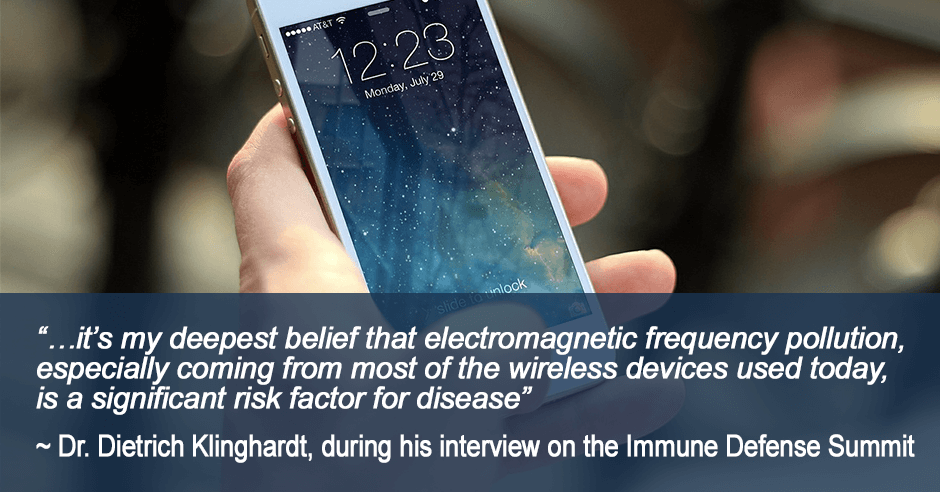
…it’s my deepest belief that electromagnetic frequency pollution, especially coming from most of the wireless devices used today, is a significant risk factor for disease”
~ Dr. Dietrich Klinghardt, during his interview on the Immune Defense Summit
Dr. Klinghardt is founder of the Klinghardt Academy, the American Academy of Neural Therapy, medical director of the Institute of Neural Biology, and lead clinician at the Sophia Health Institute shares this:
All the research points to the fact that it’s the cumulative effect of all the sources of Wi-Fi. We have the Wi-Fi router in the home; unfortunately, most of the cordless phones that are used in the US are also based on Wi-Fi technology. And they use 900 MHz, and they’re broadcasting 24/7 into the rooms in the home. Then we have the baby monitors, a huge source. And then the alarm systems in the house. And the new source, of course, the new kid on the block, is the smart meters…which create devastating amounts of radiation in the home, usually in a sheet that kind of goes horizontally through the house on the level where the smart meter is.
This is an in-depth interview and one of the best I’ve heard on the topic of EMFs and wireless technology and the dangers! He covers mercury containing compact fluorescent lights; Wi-Fi in schools; the responsible use of the cell phone; the impacts of this wireless technology on autism and insomnia, GABA and anxiety levels; how mold becomes more virulent in the presence of Wi-Fi; and how heavy metals in the brain can make you much more susceptible to microwave and wireless technology; how moisture contained in your mattress makes it a microwave receiver and more.
He doesn’t expand on the insomnia mechanisms but because he mentions GABA I would assume using GABA as a supplement would help with both anxiety and sleep issues, in a similar way GABA helps with Lyme anxiety and GABA protects against fluoride-induced hypothyroidism. This is an area I’m going to be researching further but clearly we want to be removing the source of exposure and not use GABA as a band-aid but rather as a tool to address the low GABA levels and anxiety/insomnia in the interim.
Dr. Klinghardt shares so much about how to protect yourself on the Immune Defense Summit. Here is some advice on how to protect your home from the incoming radio waves from the cell phone towers nearby, and from the neighbors:
We recommend the German system building biology. They have developed wall paints that can be applied to outside the home or inside the home with a graphite paint that’s electroconductive. It creates a faraday cage, basically, that needs to be grounded into the ground wire of your electric system, and shielding curtains that are made from silver coated cloth that deflect the incoming radio waves. That’s pretty much what we do with all of our clients.
He also offers the following tips for reducing exposure:
- a sleep sanctuary that looks like a mosquito net that’s put over the bed that reduces the radiation to one-ten thousandths on the inside of it
- only switch it on the Wi-Fi router if you need it – if you’re actually doing something with it
- Stetzer filters
and much much more.
I was surprised that Dr. Klinghardt didn’t mention the Blushield devices which I learned about recently at the Sydney MINDD conference. I’m going to be following up with him to find out what results he has seen with these protective devices and will report back.
I do hope you can join us! Click here to register. The summit runs July 24-31
Be prepared – this interview is not for the faint of heart – Dr. Klinghardt is direct and to the point and doesn’t hold back.
Feel free to post questions and share your tips and experiences with EMFs and wireless in the comments.

